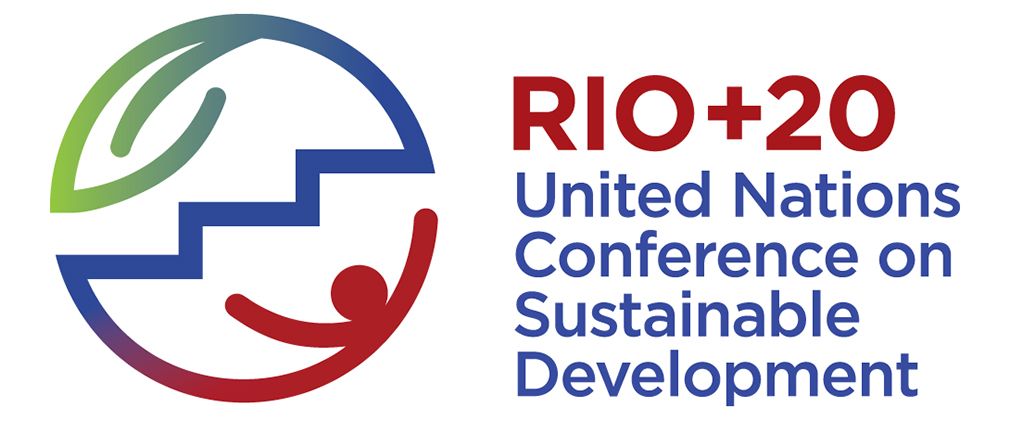Feeding the World, or What We Talk About When We Talk About Rio+20
All around the world, thousands of leaders, policymakers, advocates and sustainable development wonks are arriving in Rio de Janeiro, Brazil. The draw? Hot and steamy discussions about poverty eradication, food security, sustainable agriculture and the so-called “green economy.”
Rio+20, beginning next week, is the short name for the UN Conference on Sustainable Development, which comes 20 years after the historic 1992 Earth Summit, also in Rio. I won’t be going, but I’m keenly interested in the ideas that have risen to the surface in the lead-up.
In anticipation of this event, the Food and Agriculture Organization of the UN (FAO) released a report a couple of weeks ago, titled “Towards the future we want: end hunger and make the transition to sustainable agricultural and food systems.” The report echoes one of Rio+20’s bolder, but inarguable, tenets, one that exists at the intersection of my work in public health, food systems, and human rights. That essential tenet is this: all citizens of the world have a right to natural resources and a right to food. In fact, the International Covenant on Economic, Social, and Cultural Rights guarantees the right to food.
As director of the Johns Hopkins Center for a Livable Future, I oversee research and policy development that examines how our food systems—from field to plate—affect our health at a population level. And at the heart of our work is a commitment to the right to food and the belief that natural resources are a public trust, not a commodity.
It sounds simple, doesn’t it, that all humans have a right to food and natural resources? After all, most of the world’s poor and hungry depend on agriculture for their survival—and yet, they bear a disproportionate burden of the planet’s degraded lands. As the FAO report says, access to land, water or forests is essential for the poor, both for consumption and for producing income. But a vicious cycle is perpetuated when those lands, waters, and forests are ruined, often by man-made and amorphous forces like climate change, greenhouse gas emissions, and pollution, all of which are aided and abetted by common, short-sighted, industrialized agricultural practices.
As Wendell Berry said, “There are no unsacred places; there are only sacred places and desecrated places.”
The FAO report promotes the idea that we can feed, adequately, the 7 billion people currently on Earth—but that we need to look ahead to 2050 and aim to feed 9 billion; that we need to increase the poor’s access to food and resources; that we need to do more with less, agriculturally; and that we need to make a radical shift toward intensive, sustainable agriculture and a new way of thinking about food.
Changes do have to be made. Some may say the changes are radical. I think the changes are good common sense. But, as Mark Twain observed, “Common sense ain’t so common.” The measures put forth in the report are a call to create stronger regional food systems, and to do so responsibly. Some of these measures for doing more with less include the rehabilitation of old and unused land for food production, and the adoption of agroforestry, also known as the “edible forest,” in which food-bearing plants and forest resources are managed collectively.
One of the most intriguing measures highlighted in the report is “sustainable intensification,” in which crop production is intensified, but not through a repeat of “Green Revolution” tactics such as the application of degrading, high-input fertilizers, or through the use of genetically modified seeds. Instead, sustainable intensification is described as “an ecosystem-based approach for improving sustainability in cropping systems…. reducing negative environmental impacts and increasing contributions to natural capital and the flow of environmental services.” This kind of agroecological approach to farming ties in beautifully to the right to food, and UN Special Rapporteur on the Right to Food Olivier de Schutter has been stumping this idea for quite some time.
I was cheered also to see that the FAO recommends that we shift toward using more cropland to produce human food instead of animal feed. Of course, this means changing the way we, in the developed world, eat. A transition to lower-meat diets would free up a lot of cropland for fruits, vegetables, and grains, which will be the key to feeding 9 billion on a crowded planet. If our population is going to grow that much, and if we are also going to eradicate hunger, plant protein is the only way to go. But as the report warns, “Unless there is a shift in preferences, a higher share of vegetable food does not seem likely without changes in policies.”
Rio+20 will challenge high-income countries to support developing nations in creating green paths toward sustainable development, and to imagine and implement institutional frameworks for coordinating these efforts. This is a big job. There might not be any time for participants to hit the beaches of Brazil, but their efforts may represent our best hopes for securing a future that’s more fair, more healthy, and more livable for the entire planet.
As they say in Portuguese, à sua saúde. To your health.
